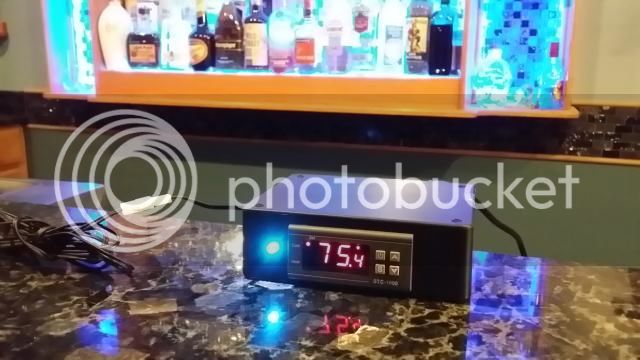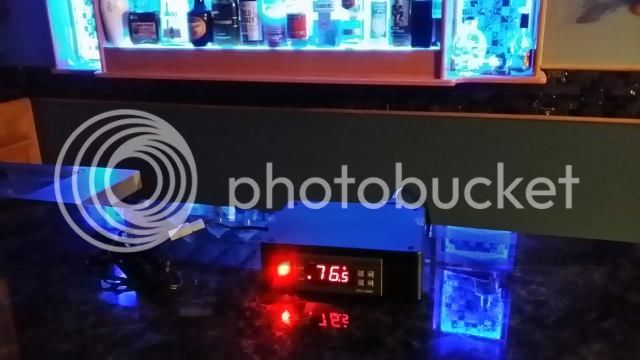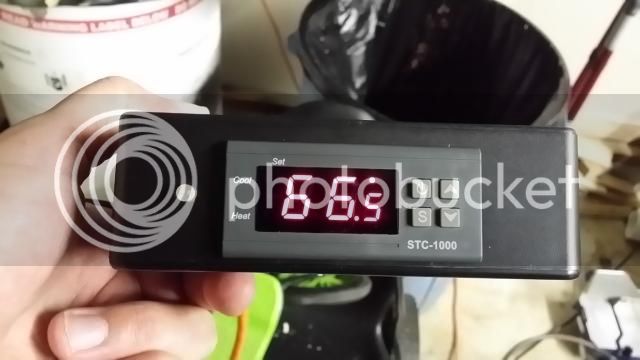wilconrad
Well-Known Member
Fair enough - Honestly, I didn't click on the link for the store with the big "Sold Out" words on the front page. Thanks for the info.
Yeah, I suppose I should change that. I only have 20 or so units left , though, so not going out of my way to advertise them.
Sent from my iPhone using Home Brew







